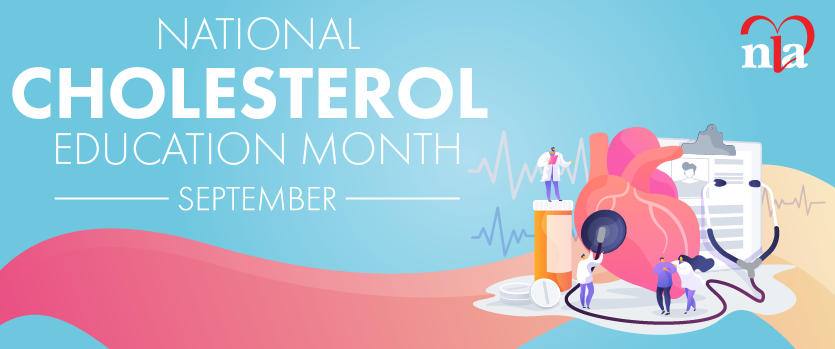Moderate elevation in triglyceride in the <500 mg/dl range frequently presents in children and adolescents,1 and is among risk factors associated with autopsy- proven atherosclerosis,2 whereas severe hypertriglyceridemia leading to pancreatitis is less common than in adults. Children with moderately high triglyceride levels have a characteristic clinical presentation — with obesity, a family history of type 2 diabetes, or the metabolic syndrome — and represent a therapeutic challenge. Since atherosclerosis rarely advances to overt disease in children or adolescents, surrogate end-points have been used in longitudinal studies designed to determine whether childhood risk markers predict intima-media thickening (IMT) in adulthood. Triglyceride, non-high-density lipoprotein cholesterol (non-HDL-C), apoB, and apoB:apoA-I ratio predict IMT after more than 20 years of follow-up,3,4 and non-HDL-C is known to be superior to triglyceride as a predictor.4 Similar to findings in adult meta-analyses,5 adjustment for established risk factors attenuated the association of triglyceride with early cardiovascular disease (CVD) evident as young adult IMT thickening.4
Association of lifetime triglyceride lowering on protection from CVD is evident in recent studies on loss of function apo C-III mutations6 supporting maintenance of low triglyceride levels beginning at early ages. Also, triglyceride’s lifetime role in atherogenic particle formation7,8 is evident from the association of gene variants with classic hypertriglyceridemic phenotypes (IIb, III, IV and V) supporting shared genetic architecture7,9 and a common genetic background for the triglyceride-containing lipid phenotypes.10

Furthermore, expression is increased by insulin resistance and hepatic fat deposition.11 Thus, the combined effects of genetic and environmental factors beginning before birth promote insulin resistance and associated dyslipidemia,12,13 leading to early adult disease.3 (Figure 1)
As has been proposed for diabetes-related genotypes,14 the “thrifty” gene variants may not express without nutritional excess. Increased consumption of sugar and sugared drinks, especially when containing high-fructose corn syrup, have profound effects on production of very-low-density lipoprotein (VLDL) and liver fat content.15,16,17 Reversal by lifestyle interventions for children have not met with the expected success,18 but randomized controlled trials on aerobic exercise for those ages 5 to 19 years have been more encouraging.19 Ideally, lifestyle change needs to be sustained as a structured program involving motivational strategies such as those adopted by the Yale pediatric program, which serves as a model.20 Outcomes are ideally dependent on commitment and financial support for a team approach and being aware that the consequences of multiple childhood factors include increased circulating triglyceride-rich particle production leading to long- term and potentially fatal consequences (Figure 1).
When lifestyle measures fail, medications are an option; however, there is limited trial information or Food and Drug Administration (FDA) approval for use of triglyceride-lowering agents such as fibrates or prescription omega-3s for those under 18 years of age.21,22
The 2011 NHLBI’s pediatric guidelines and American Heart Association (AHA) statement both recommend non-HDL-C as the treatment target in cases with elevated triglyceride, providing better treatment options for children and adolescents.23,24
The way forward is to present such evidence to those who are in a position to initiate, implement, and sustain substantial changes in health beginning at early ages.
Disclosure statement: There are no disclosures to report.
References are listed on page 33 of the PDF.






.jpg)
.png)













